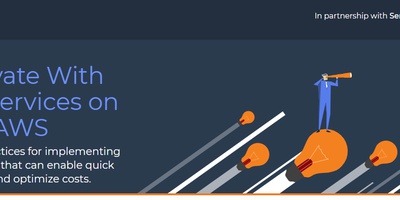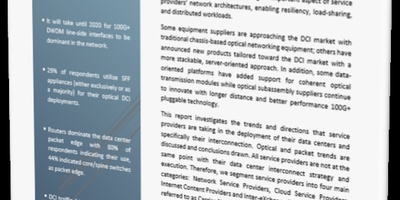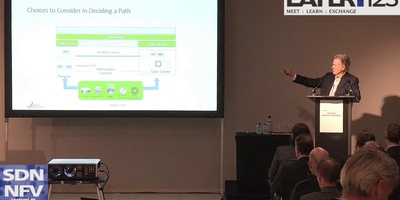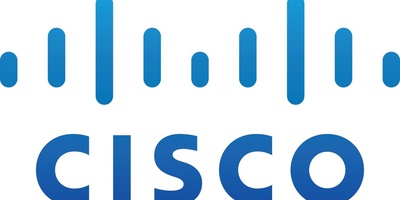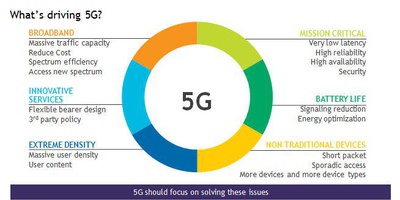NEWS
Composers Increasingly Important in Cloud Orchestration Frameworks
The value of cloud computing is best realized when services function transparently and automatically at any scale. Although this nirvana goal is clearly in sight for both service developers and providers, platform offerings are moving toward it in progressive stages of innovation, arriving at an inflection point now in which new capabilities housed in service composer applications are moving us closer to the goal.
Early developments toward cloud computing in the last four to five years have provided good capabilities for creating virtual infrastructure resources, mostly on an a la carte basis. For example, systems have been developed to create virtual machines, storage pools, and virtual networking services typically within a single cloud architectural context such as VMware’s ESX and vCloud, Citrix’s XenServer and CloudPlatform, and Red Hat’s KVM and Enterprise Virtualization. Although there are resources to help stitch pieces together and some stages of orchestration across resource types to simplify provisioning, these have been largely focused on creating the pools and less on constructing whole services.
These foundations have been crucial in setting the baselines on which many XaaS capabilities available today have been realized. However, on their own they do not accomplish the goal of automating design and composition of whole services from multiple infrastructure categories or even multiple clouds. There has been significant progress made toward this goal in the past year, and we are now entering the composer applications phase, which provides new capabilities on top of resource provisioning to accelerate service design and delivery.
Composers are about creating offerings at the level of a consumable service, for example, burst computing, elastic archiving or application development integrating the services of multiple clouds. Composers assemble a service from multiple contributing sources and deploy it to a target user community. These sources can be virtual pools from within an individual cloud, combinations assembled from the resources of multiple clouds (private or public), and software to support important functions such as metering, monitoring, and SLA support.
These expanded capabilities can be seen in many deployment scenarios. Here are just two:
1. A corporate IT group creates an on-demand XaaS offering (on-demand compute or elastic storage backup) in a private cloud. The service is offered consistently across diverse user groups (multiple business units or functional areas). The common offering is realized from the underlying resources of two or more virtual infrastructure platforms, for example VMware vCloud and Red Hat Enterprise Virtualization. The composer simplifies and streamlines the job of integrating the facilities of the two virtualization environments into a single XaaS capability for the company.
2. An elastic storage archiving service is developed that blends enterprise on-premise and public cloud resources transparently. Designing the service is simplified by a composer app that automatically combines the private and public resources into a complete service offering more rapidly than if the combination had to be hand tooled. The service provides cost and scaling benefits to the organization, and the entire deliverable is produced more efficiently.
Examples of systems providing composer capabilities include IBM’s SmartCloud Orchestrator, HP’s Cloud Service Automation suite, Dell’s Enstratius Cloud Management platform, and Flexiant’s Cloud Orchestrator system. This year expect the Open Stack Heat orchestration project (currently under development) to yield an open-source platform for multicloud service composition (in conjunction with other functions it will provide).
The upside of this collection of developments for providers of cloud computing services is greater efficiency and speed, and increased agility in deployment of services. Leveraging the automation of a composer platform may improve speed and efficiency on the order of 50 percent or more, depending on the details of the environment. The opportunity to achieve improvements of this size in design and delivery efficiencies elevates the importance of composers in the toolkit planning providers of cloud services need to do for creation of their packages.
With this new level of service design and deployment functionality emerging at the upper layers of operators’ service management environments we can anticipate rapid production of a richer mix of applications and services. And because of their ability to accelerate time to value as well as the speed of innovation, we can expect this new powerful class of composer applications to occupy a place of prominence in operators’ plans for their cloud orchestration systems.
For more on cloud Hybrid Cloud Networks Face Challenges, but SDN May Be the Answer.
Click for more information about Paul Parker-Johnson.



